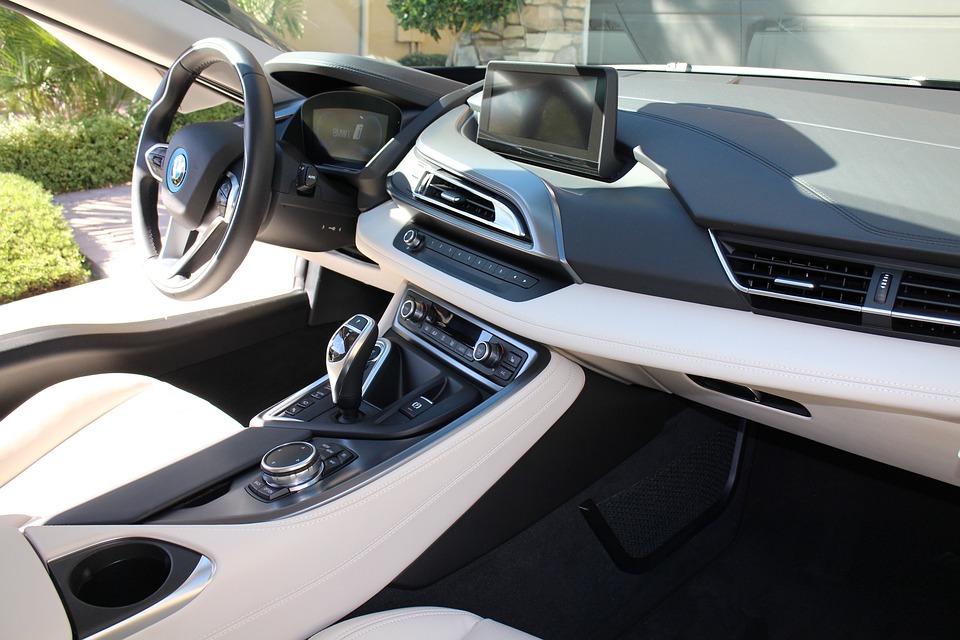The Global Race: Which Countries Are Leading the Charge in EV Adoption?
The electric vehicle (EV) revolution is no longer a distant vision—it’s happening now, reshaping urban landscapes, reducing carbon footprints, and challenging traditional automotive paradigms. As governments and consumers increasingly recognize the importance of sustainable transport, a competitive race is unfolding across the globe to embrace electric mobility. This article explores which countries are leading the charge in EV adoption, examining their unique approaches and achievements.
Understanding the Global Landscape
The transition to electric vehicles is driven by multiple factors, including environmental concerns, advancements in technology, and significant policy support. According to recent studies, global EV sales reached extraordinary numbers, with millions of units sold in a single year—indicative of a rapid transformation within the automotive industry.
Here’s a breakdown of key countries spearheading this movement:
1. Norway: The EV Pioneer
Norway stands out as a true leader in EV adoption. With ambitious policies and consumer incentives, about 54% of all new cars sold in the country in 2021 were electric. This phenomenon is largely attributed to numerous perks, including exemptions from taxes, parking fees, and access to bus lanes. Additionally, the country has invested heavily in charging infrastructure, making it easier for consumers to switch to electric.
2. China: The Powerhouse of Production
China dominates the global EV market, both in terms of sales and manufacturing. As of 2021, over 2.9 million EVs were sold in the country, constituting more than half of the global sales. The government’s aggressive policies, such as subsidies for EV purchases and stringent emissions targets, have propelled domestic manufacturers to the forefront. Brands like BYD, NIO, and Xpeng have gained international recognition, and the country is rapidly expanding its charging network.
3. Germany: The Automotive Giant’s Shift
Germany, known for its engineering excellence, is leveraging its automotive legacy to transition towards EVs. Major car manufacturers like Volkswagen, BMW, and Daimler have made substantial commitments towards electrification. The country aims for 15 million electric cars on the road by 2030, supported by the government’s strategic investments in both EV production and infrastructure. In 2021, EV sales accounted for 26% of total vehicle sales, marking significant progress.
4. The United States: A Growing Market
The U.S. has seen a steady rise in EV adoption, led by states like California, which implement strict emissions regulations and offer incentives for electric vehicle purchases. In 2021, approximately 4% of all new vehicle sales were electric, with Tesla leading the charge. The Biden administration has set an ambitious goal for 50% of new car sales to be electric by 2030, driving investment in both manufacturing and charging infrastructure.
5. United Kingdom: Government Support and Commitment
The UK is committed to phasing out petrol and diesel cars by 2030, a move that has boosted EV sales. In 2021, EVs made up nearly 10% of new car registrations. The government supports this transition with significant investments in charging infrastructure and grants for electric vehicle purchases. The shift in consumer behavior, largely influenced by government incentives and rising environmental awareness, is aligning with the UK’s broader climate goals.
6. Sweden: Sustainability in Focus
Sweden has made significant strides in promoting electric vehicles through progressive policies and incentives. The country ranks among the top in EV market share, with around 38% of all new cars sold in 2021 being electric. Sweden’s strong emphasis on sustainability and green technology has encouraged citizens to embrace electric mobility as part of their lifestyle.
Conclusion: The Road Ahead
As the global race towards electric mobility intensifies, countries are adopting diverse strategies to foster EV adoption. From Norway’s comprehensive incentive programs to China’s massive production capability, and the U.S.’s blend of innovation and regulation, each nation’s journey reflects its unique socio-economic landscape and priorities.
The transition to electric vehicles is not just an automotive trend; it represents a cultural shift towards sustainability and innovation. As more countries scale their efforts, the potential for a cleaner, greener, and more sustainable future becomes increasingly tangible. The race continues, and the world watches closely to see which nations will drive the future of transportation in a sustainable direction.



